Science through great images
Photos with magnificent beauty sometimes make viewers scare, but these are priceless imprints in the natural mystery opening journey.
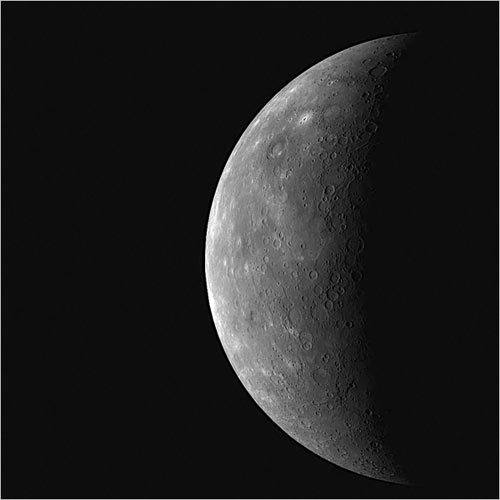
The image of Mercury's surface was taken by a NASA spacecraft the third time it approached the planet. This ship has taken a total of 11 photos. These photos will be used to study the change on Mercury's surface. (Photo: NASA)
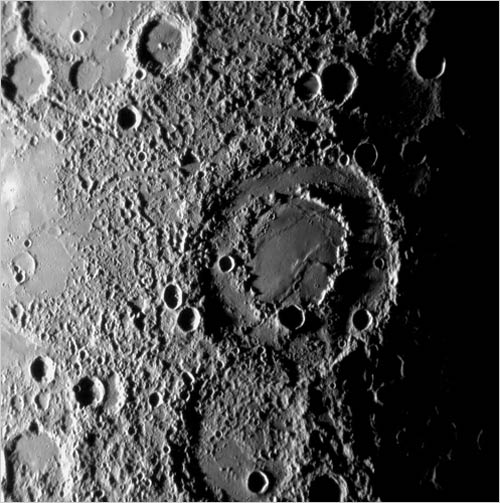
This photo shows a collision between a relatively large meteorite with Mercury. This collision created a double circle on Mercury's surface. We can observe that the inner surface of the small circle is somewhat flatter than the outer part. This is the result of the lava eruption after the collision. ( Photo: NASA)

Image of one of the two 12-day-old white tigers currently raised in Belgrade, Serbia. This is a very rare lion, only appearing in Timbavati, South Africa. (Photo: Srdjan Ilic)
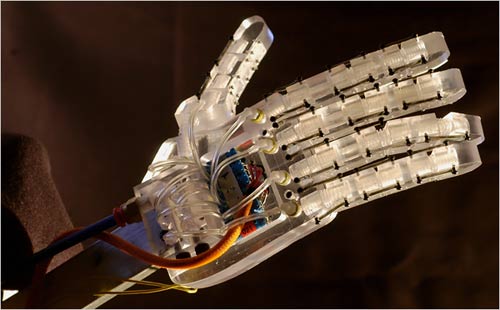
This hand appeared in the robotics competition for mechanical engineering students in America. This device uses compressed air to create a grip for the hand. Because of the use of compressed air, it does not require the use of motors or other expensive power aids - Professor Dennis Hong, director of the competition, said. (Photo: Virginia Tech University)
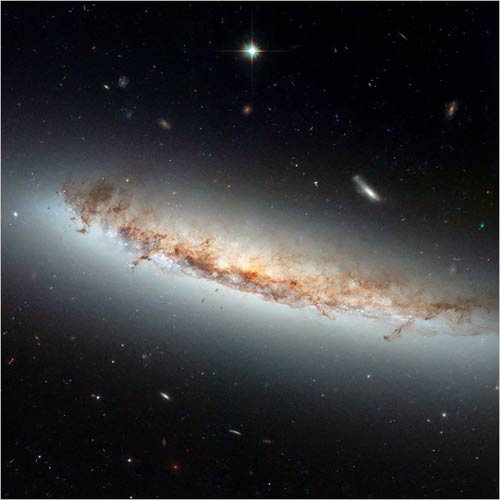
Galaxy picture 4402, taken by Hubble telescope. The pressure of the wind created the curved shape of this galaxy. (Photo: NASA)
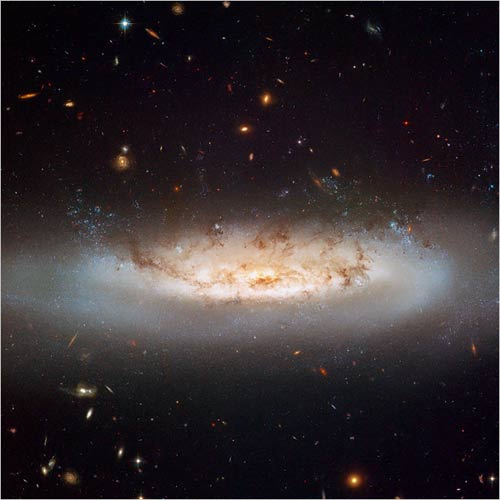
Blue dots are images of gas dust moving at more than 9 million km / h around the galaxy 4522. Hubble telescope captures these two images before it has to shut down due to power malfunction. . Currently this telescope is being repaired. (Photo: NASA)

Currently, scientists have found the process of eel migration. By using equipment attached to this fish, they found a way to migrate 3,000 miles from the west coast of Ireland to their Sargasso Sea. The figures show eels swim at a depth of 650 feet at night and 2000 feet during the day. Researchers believe that cold water flows were the cause of the slow eels before they reached the Sargasso Sea to start breeding. (Photo: Bernt Rene Grimm)

When Barbara Campbell was just a girl, she felt that her vision was losing every day. And when she was 30, she was completely blind. But now, Campbell is working with a three-year project, aimed at bringing light to the blind. Doctors attach electrodes to her eyes, a small camera on the bridge of the nose and an image processor at her waist. Now, Campbell was able to see some simple images and himself on the mirror. (Photo: Béatrice de Gé)

This fossil collection is part of Ardi's skeleton, an ancient gibbon, just discovered by archaeologists. Experts say Ardipithecus has surpassed Lucy to become the oldest gibbon ever discovered. (Photo: David L. Brill)

Ardi is a female ape, it can be 4 feet tall and weighs about 120 pounds. Ardi can go straight on two legs but the foot bone structure is still incomplete. It has long arms and big hands to climb. This skeleton was discovered along the Awash River in Ethiopia, near where scientists found Lucy in 1974. (Photo: JH Matternes)
- 14 strange science pictures
- NASA announces picturesque satellite imagery
- 50 outstanding science and technology images in 2015 (Part I)
- Childhood of great geniuses
- Scientific facts are mistaken (P1)
- Unseen eyes, unbelievable but true images
- The most breakthrough scientific images in 2009
- Extract images in Flash file
- Female artist photographing science
- Mistakes of some great people
- The Great Pyramid of Giza can be built on top of a huge natural hill
- Space elevator
 The 11 most unique public toilets in the world
The 11 most unique public toilets in the world Explore the ghost town in Namibia
Explore the ghost town in Namibia Rare historical moments are 'colored', giving us a clearer view of the past
Rare historical moments are 'colored', giving us a clearer view of the past The world famous ghost ship
The world famous ghost ship